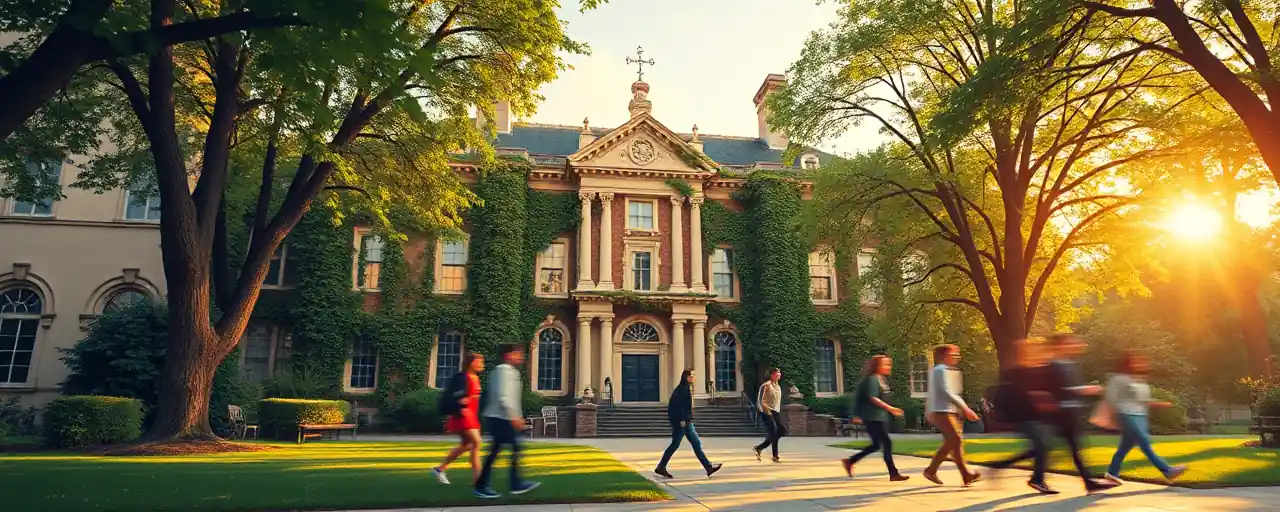A Bold Promise for Students
New York’s latest proclamation naming April as Financial Aid Awareness Month carries a lofty goal: making college dreams a reality for every student. Governor Kathy Hochul’s administration touts expanded Tuition Assistance Program (TAP) funding and a universal FAFSA initiative as game-changers, promising to tear down financial barriers. It’s a vision that resonates with families struggling to afford skyrocketing tuition, and the numbers seem impressive at first glance. Last year alone, 390,000 FAFSA forms and 23,000 TAP applications were submitted, unlocking aid for thousands. But beneath the fanfare lies a question taxpayers deserve to have answered: is this a genuine opportunity or another case of government overreach?
The Price of Ambition
Let’s talk dollars and sense. TAP’s expansion, hailed as historic, pumps millions into grants for low-income students, with over 70 percent of recipients graduating within six years, outpacing the national average. That’s a win worth celebrating. Yet, the program’s ballooning budget raises red flags. New York’s taxpayers, already stretched thin, foot the bill for initiatives that sound noble but lack rigorous oversight. The state’s Higher Education Services Corporation (HESC) hosts over 20 events this month to push FAFSA and TAP applications, but where’s the accountability for how these funds translate to real-world outcomes? Without clear metrics, it’s hard to shake the feeling that we’re throwing money at a problem without ensuring it sticks.
Then there’s the universal FAFSA mandate, a policy that sounds efficient but feels heavy-handed. Data shows 90 percent of FAFSA completers enroll in college compared to 55 percent of non-completers, a stark gap. But mandating forms risks turning education into a bureaucratic checkbox, alienating families who value flexibility over state-driven solutions. Compare this to states like Tennessee, where targeted campaigns boosted completion rates without top-down decrees. New York’s approach, while well-intentioned, seems to prioritize compliance over choice, a move that sits uneasy with those who cherish personal responsibility.
Scholarships With Strings Attached
The state’s STEM Incentive Program and Masters in Education Teaching Incentive Scholarship offer bright spots, but they come with caveats. The STEM program, launched in 2014, covers tuition for top high school graduates who commit to five years of in-state work. It’s a smart play to keep talent local, especially in fields like engineering where New York competes globally. Yet, the program’s reach remains limited, and its requirement to stay in-state post-graduation can feel like a leash rather than a lifeline. Why not trust graduates to make their own career choices while still incentivizing local contributions?
Similarly, the teaching scholarship addresses a real need: qualified educators in public schools. But tying aid to a five-year teaching commitment risks deterring talent in a profession already strained by burnout. These programs show promise, yet their rigid structures clash with the entrepreneurial spirit that drives innovation. Loosening restrictions could amplify their impact without sacrificing accountability, aligning better with a vision of empowering individuals over dictating their paths.
A Better Way Forward
Some argue New York’s aid expansion levels the playing field, particularly for underserved communities. They point to TAP’s success with transfer students, whose graduation rates hit 71 percent in 2017, as proof of equity in action. But equity doesn’t mean blank checks. Handing out aid without addressing root causes, like administrative bloat driving up tuition, is like treating a fever with ice packs. The real fix lies in market-driven solutions: incentivize colleges to cut costs, reward institutions that deliver measurable results, and empower families with transparent information to make informed choices.
New York’s leaders deserve credit for tackling college affordability, but their methods lean too heavily on government muscle. A leaner, more accountable approach would preserve the benefits of TAP and scholarships while respecting taxpayers and students alike. It’s time to shift from grand proclamations to practical solutions that trust individuals to chart their own futures. Anything less risks turning opportunity into obligation.
